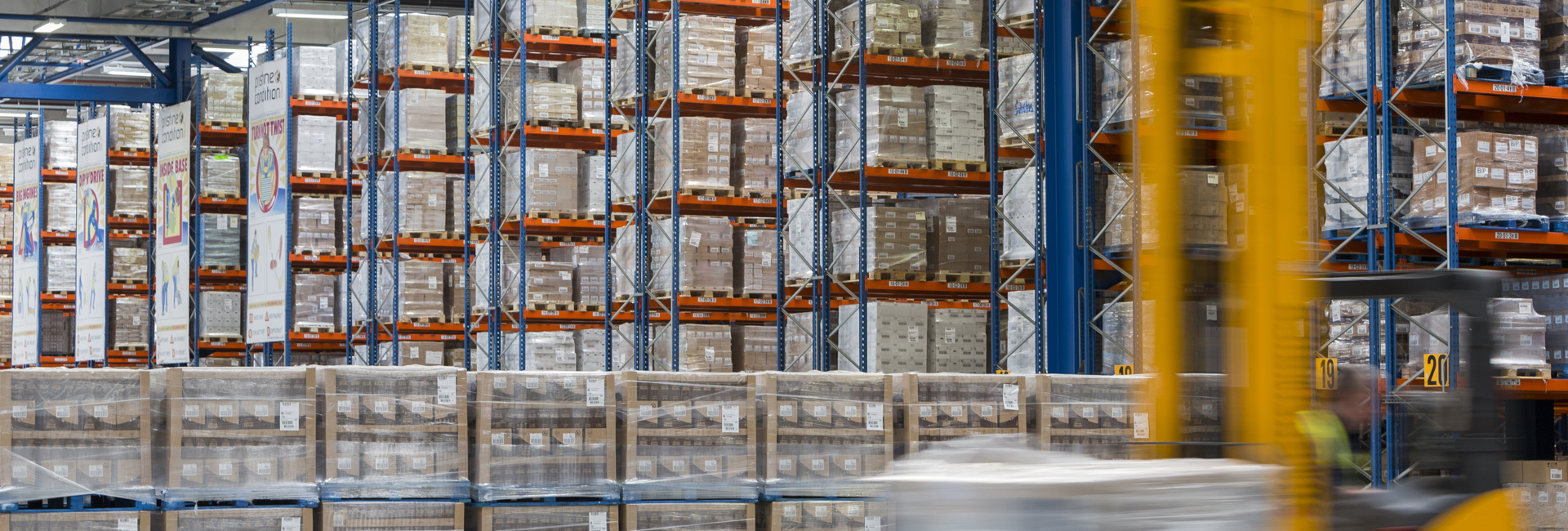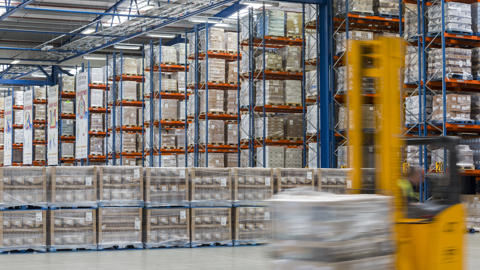The corporate shake-out shaping logistics demand
Positive news from Tesco this morning – which saw the company lift its profit outlook despite increased pricing pressures – might appear to be a rare bright spot in the UK economy. You’d be forgiven for thinking so, given recent headlines on sluggish national growth. The fact is, however, that Tesco is not a lone example. Many corporates are continuing to turn in an impressive financial performance, even as their sectors face headwinds. This trend is particularly evident within the omnichannel, grocery and 3PL sectors.
For omnichannel/retail, for example, there’s no doubt that the cost and margin implications of rising labour costs, including NI, have hit hard. There were 319 insolvencies in H1 2025, up 10% year-on-year. Despite this, Next recently delivered impressive retail sales growth of 5.6% (full price numbers) and online sales growth of 9.5%; B&Q like-for-like sales growth of 7.9%. Both have arguably benefited from other’s challenges (M&S’s cyber-attack and the demise of Homebase respectively), but like Screwfix, Topps Tiles, AO and others, their underlying businesses are performing well.
A similar trend can be found in the transport and logistics sector. Consensus view was that the impact of tariff turbulence would be felt across the board. Instead, the impacts are likely to be nuanced at a company level – and to date, notable companies have defied expectations. At the midpoint of the year, Maersk raised 2025 guidance, with resilient performance in all markets outside North America. GXO, similarly, raised 2025 guidance with 3.5%-6.5% projected organic growth on the back of 6% year-on-year organic revenue growth and $307m of new business wins (+13% year on year).
So, what are the implications for logistics real estate?
While even strong performers remain circumspect about the near-term macro – understandable given the disparate issues companies face from the uncertain consumer outlook to US trade policy to volatile freight rates – there’s increasing recognition that this is the world we live in, and that, for their businesses, logistics real estate is part of the solution. Decisions can’t be deferred forever.
Across a wide range of sectors, high-performing companies with access to capital are actively investing in their networks. Examples include M&S, Amazon, Tesco, GXO, DPD and Ocado – all moving ahead with logistics requirements. It’s an opportunity to improve resilience, help meet customer demand, and find the efficiencies and productivity improvements they need to mitigate higher costs and ongoing uncertainty.
With the payback on both robotics and full-scale automation not only faster but also at a larger scale than ever before, the role of technology in enabling this change is arguably more important than ever. Given the potential to have a meaningful impact on margins, many are looking to modernise estates as they adopt these technologies - facilitated by higher-quality, newer buildings with height, floor quality and capacity, and office/amenities build out. These investments are likely to accentuate the trend of high performers pulling away from the pack.
This is creating diverse demand for logistics real estate across sub-sectors. While led by these high performers, it looks to be giving confidence for others to follow. Savills’ Q3 take-up numbers show activity up 16% year on year. Tapping into these pockets of high-performance is an opportunity for real estate owners – who are engaged with their customers and understand their logistics networks and strategic objectives – to provide the distinct real estate solutions they need.
Published in Green Street News – 2 October 2025


